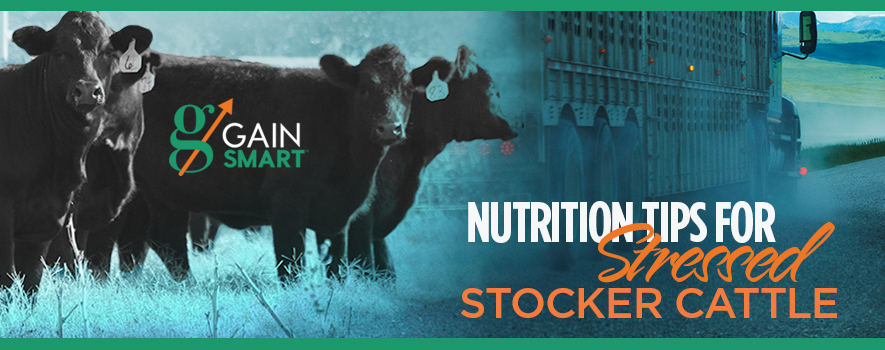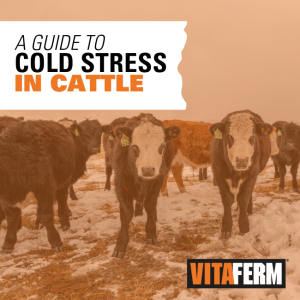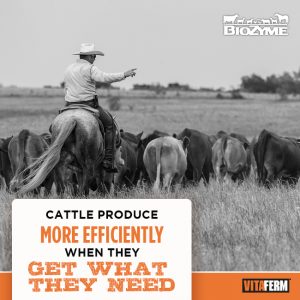
by Dana Zook, NW Area Extension Livestock Specialist
Stress is the principal factor affecting the health of newly weaned or shipped stocker calves. Just imagine a kindergarten student riding the bus to school the first day. This student will experience new food, activities and people. Some of these kids are excited for their first day, but some of them are just plain mad! These kids will have an adjustment period, but if things go smoothly their first couple days away from home, things will go well from there on out. Much is the same with newly received cattle. Stress compromises the immune system, which can have a negative effect on feed intake and weight gain. Comingling and shipping can cause even the healthiest calves to stop eating. For this reason, proper nutrition is an essential component to getting calves through the receiving period free of illness.
A survey of 24 beef producing states completed by USDA APHIS reported that 50% of beef operations market calves at weaning and 31% of calves sold have never been vaccinated for respiratory disease. The absence of preconditioning programs in cattle herds across the country does present some difficulty to producers in Oklahoma’s stocker sector. Preparation to minimize stress and address potential sickness is essential to maximizing cattle performance this winter on wheat.
Right off the truck, cattle should be provided with fresh clean water. Long haul cattle have been without water for hours and rehydration is essential to future feed intake and weight gain. In the first 24 hours off the truck, it is also important to provide a familiar feed source such as high-quality grass hay. After calves have been settled in, a receiving ration should be provided.
The quality of the ration is as important as feeding management. Because feed intake will be low during this time, receiving rations should be designed to maximize intake and provide greater concentrations of nutrients. A calf weighing 550 lbs. may only consume 7 to 10 pounds of feed initially (1-2% BW) and so it is important to make sure nutrient needs are met. Rations should be highly palatable with high energy/high fiber based commodities such alfalfa, soybean hulls, and wheat midds. A number of companies in the area offer starter feeds that contain a complete package of vitamins and minerals. This option is favored when labor is in short supply or when availability of other quality feed ingredients is lacking.
Initially, complete feeds that include fiber components are preferred over free choice hay. When free choice hay is provided, calves may forgo the ration and eat only hay, leaving them undernourished. Timely feeding practices twice daily is important to keep cattle coming to bunk; this also allows for easy identification of calves showing signs of illness.
Typically, receiving rations contain some sort of coccidiostat to prevent subclinical coccidiosis. Research has proven that coccidiostats improve feed efficiency and rate of gain when included in receiving rations. Some additives approved for aiding in the prevention of coccidiosis included Decoxx®, Bovatec®, and Rumensin®. A veterinarian should be consulted to determine which coccidiostat will work best for the feeding situation.


